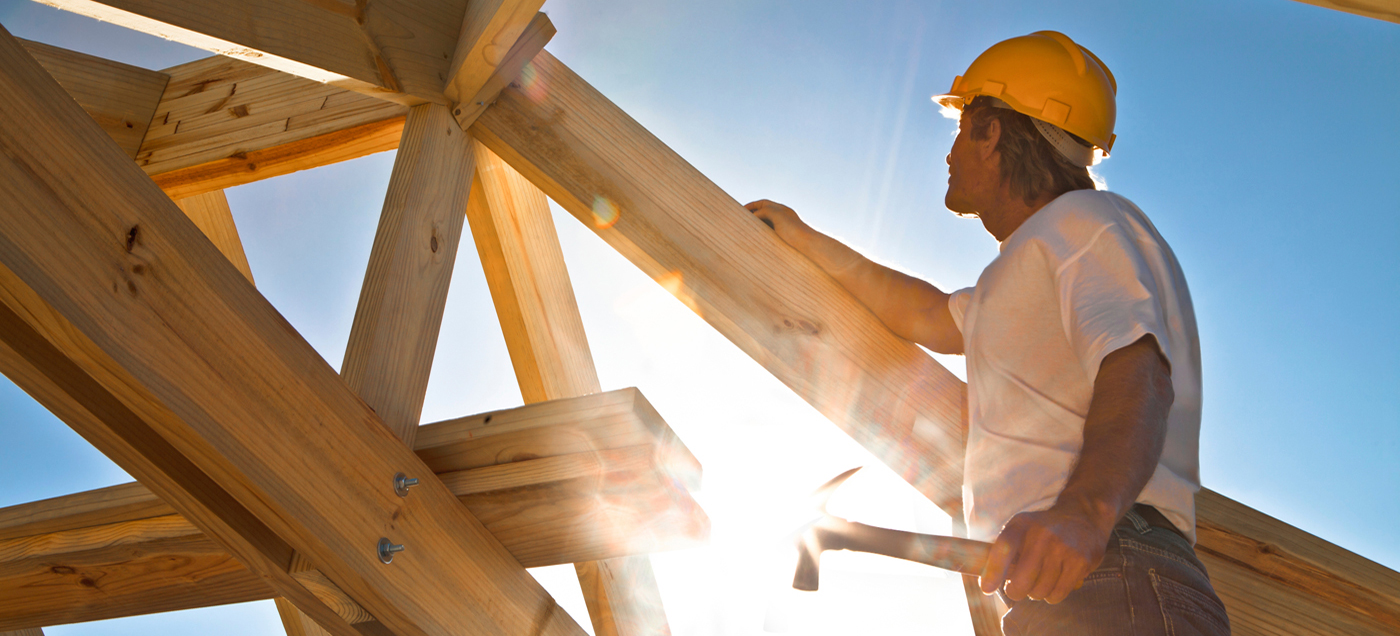The WPJ
THE WORLD PROPERTY JOURNALReal Estate Facts Not Fiction
Residential Real Estate News

Housing Starts in U.S. End 2020 on Strong Note
Residential News » Tampa Edition | By Monsef Rachid | January 22, 2021 8:12 AM ET
Yet HUD reports there are risks ahead in 2021
According to a report from the U.S. Department of Housing and Urban Development and the U.S. Census Bureau, while U.S. housing starts ended the year on a strong note, rising lumber prices and increasing regulatory cost concerns could affect future production. Led by a solid, double-digit gain in single-family starts, overall housing starts increased 5.8 percent to a seasonally adjusted annual rate of 1.67 million units.
The December reading of 1.67 million starts is the number of housing units builders would begin if development kept this pace for the next 12 months. Within this overall number, single-family starts increased 12.0 percent to a 1.34 million seasonally adjusted annual rate. The multifamily sector, which includes apartment buildings and condos, decreased 13.6 percent to a 331,000 pace.
Total housing starts for 2020 were 1.38 million, a 7.0 percent gain over the 1.29 total from 2019. Single-family starts in 2020 totaled 991,000, up 11.7 percent from the previous year. Multifamily starts in 2020 totaled 389,000, down 3.3 percent from the previous year.
"Builder concerns about a changing regulatory landscape may have triggered many to move up their plans to pull permits and put shovels to the ground," said Chuck Fowke, chairman of the National Association of Home Builders (NAHB) and a custom home builder from Tampa, Fla. "Our latest builder sentiment survey suggests somewhat softer numbers ahead due to rising building costs and an uncertain regulatory climate."
"The 1.34 million single-family starts pace in December is the highest since September 2006," said NAHB Chief Economist Robert Dietz. "And while NAHB is forecasting further production increases in 2021, the gains will tempered by ongoing supply-side challenges related to material costs and delivery times, a dearth of buildable lots and regional labor shortages that continue to exacerbate affordability woes."
On a regional and year-to-date basis (January through December of 2020 compared to that same time frame a year ago), combined single-family and multifamily starts are 13.2 percent higher in the Midwest, 7.5 percent higher in the South, 6.2 percent higher in the West and 2.8 percent lower in the Northeast.
Overall permits increased 4.5 percent to a 1.71 million unit annualized rate in December. Single-family permits increased 7.8 percent to a 1.23 million unit rate. Multifamily permits decreased 3.0 percent to a 483,000 pace.
Looking at regional permit data on a year-to-date basis, permits are 7.4 percent higher in the Midwest, 7.3 percent higher in the South, 2.1 percent higher in the West and 5.2 percent lower in the Northeast.
The National Association of Realtors Chief Economist Lawrence Yun commented, "Home construction finished the year with the biggest bang since 2006 with 1.669 million units started for construction in December (annualized). That means the worst of the housing shortage could soon come to an end. More inventory is clearly needed to lessen the heat of multiple offers and the consequent frustration of multiple losing bids. Homebuilders rightly favored single-family units over multifamily condominiums and apartments. Single-family units started at 1.338 million were 28% above one year ago, while multifamily units of 331,000 were 39% lower. Consumers, in light of the pandemic and work-from-home flexibility, have shown a preference for larger-sized homes."
Yun continued, "For 13 straight years prior, home builders have been underproducing below historic norms. Therefore, it will take robust home construction this year and next, at a minimum, to fully supply the market to properly meet the demand. More construction also means more local job creation. The housing sector looks to lead the economy in recovery in 2021."
Sign Up Free | The WPJ Weekly Newsletter
Relevant real estate news.
Actionable market intelligence.
Right to your inbox every week.
Real Estate Listings Showcase
Related News Stories
Residential Real Estate Headlines
- U.S. New-Home Sales Surge in August as Mortgage Rates Ease
- Despite Increased Foreign Buyer Activity, Miami Residential Sales Dip 11 Percent in August
- California Home Sales Enjoy Modest Uptick as Mortgage Rates Ease
- U.S. Home-Flipping Profits Sink to Lowest Level Since 2008 Financial Crisis as Costs Climb
- Why the World's Rich Are Flocking to Europe in 2025
- Federal Reserve Delivers First Rate Cut of 2025 as Mortgage Relief Proves Limited
- Homebuilder Sentiment Holds Steady in U.S. as Rate-Cut Bets Lift Outlook
- U.S. Mortgage Rates Experience Sharpest Weekly Drop in Over a Year
- U.S. Foreclosures Rise for Sixth Straight Month as Affordability Pressures Mount
- Black U.S. Homeownership Rate Falls to Two-Year Low as Job Losses Mount
- Las Vegas Home Prices Flatten as Listings Surge, Sales Slow
- Cooling Miami Housing Market Sees 16 Percent Annual Sales Drop in July
- U.S. Mortgage Delinquencies Uptick in June Amid Regional Pressures
- California, Florida Top U.S. Housing Markets Most at Risk of Downturn
- 30-Year Mortgage Drops to 6.56 Percent in Late August, Lowest Since October 2024
- Investors Maintain Elevated Role in U.S. Housing Market Despite Slight Pullback
- Pending Home Sales Show Mixed Signals as U.S. Buyers Remain Cautious
- Canadian Home Sales Extend Recovery in July
- U.S. Home Sales Rise in July as Buyers Gain More Bargaining Power
- Zombie Foreclosures Edge Up Across U.S.
- 2.6 Million Homes at Wildfire Risk Across 14 Western States in 2025
- One in Five Americans Willing to Trade Personal Safety for Home Affordability
- U.S. Home Price Growth Slows as Affordability Pressures Mount in 2025
- U.S. Mortgage Rates Dip to Four Month Low in Early August
- U.S. Mortgage Applications Rise in Late July, Breaking Four-Week Slump
- Hong Kong's Housing Market Stuck in Stalemate as Bulls and Bears Face Off
- U.S. Condo Market Struggles in 2025
- U.S. Pending Home Sales Remain Sluggish in June
- Los Angeles Area Wildfires Destroyed Nearly $52 Billion in Homes Last January
- Greater Palm Beach Area Residential Sales Slip in June Amid Growing Inventory
- Economic Resilience Lifts U.S. Housing Outlook Going Forward
- New Home Sales Stagnate as Affordability Struggles Continue in America
- U.S. Housing Market Slips in June as Prices Hit New Highs
- Florida, California Continue to Reign Supreme as America's Ultraluxury Housing Markets
- Caribbean Housing Market Evolves into Global Second-Home Hotspot
- U.S. Home Sales See Highest June Cancellation Rate on Record
- Orlando Housing Market Cools in June as Listings Slide, Sales Slow
- Private Credit Surges in 2025 as Real Estate Developers Bypass Banks
- U.S. Condo Market Suffers Sharpest Price Drops in Over a Decade as Buyers Retreat
- Rising Taxes, Insurance Costs Undermine the Stability of U.S. Homeownership
Reader Poll
Marketplace Links
This website uses cookies to improve user experience. By using our website you consent in accordance with our Cookie Policy. Read More








